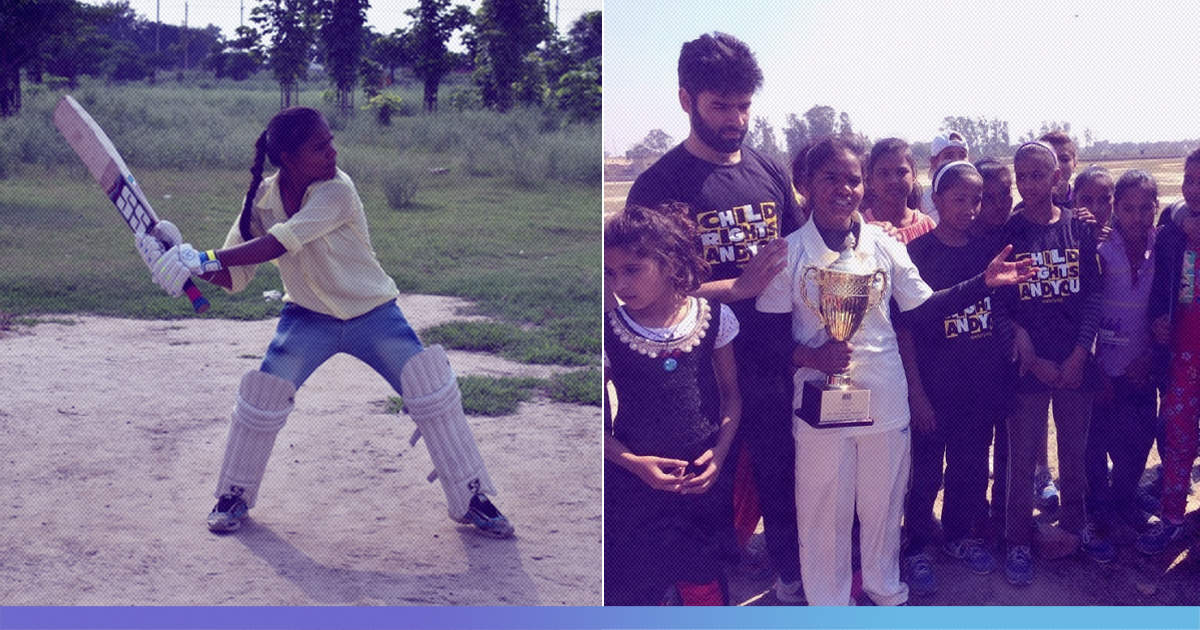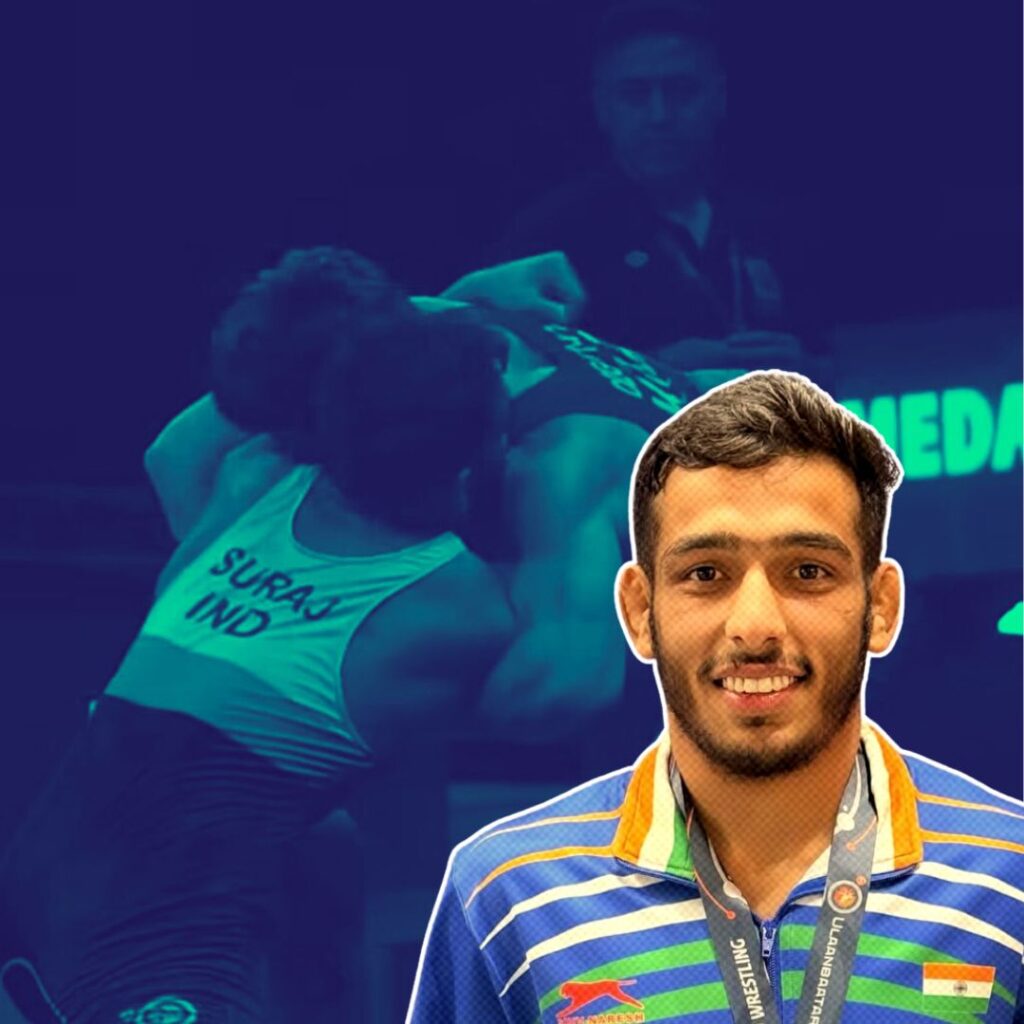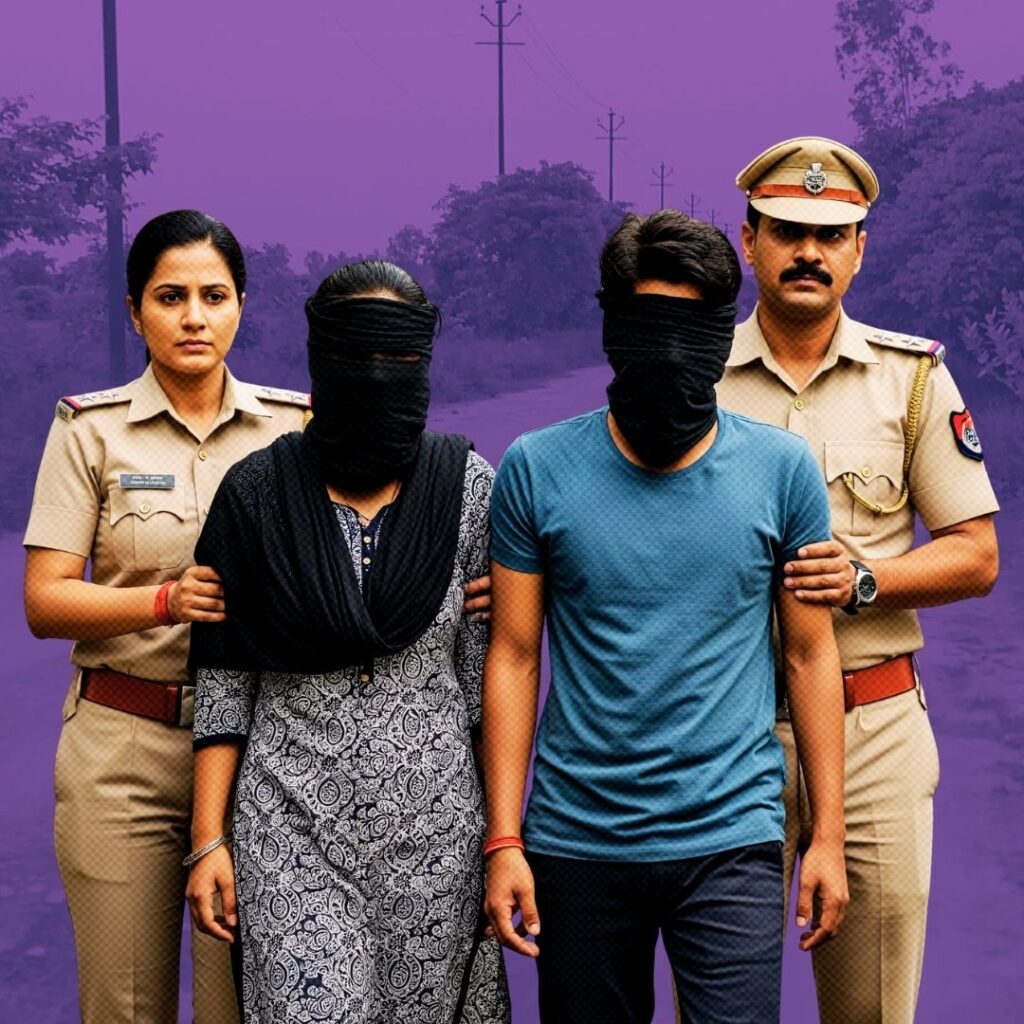When a whopping 114 millions of viewers eagerly watched the World Cup across the globe, the game of cricket silently broke the gender barrier and went on to pave the way for a social change.
This man was known to be one of the best of the Baggy Greens, of course. Yet, when Michael Clarke, the former Aussie skipper came to visit India in 2016, he was hardly prepared for the ‘welcome’ that awaited him. He looked on in wonder as the crowd cheered on, and quick incoming delivery of a lanky teenage girl chucked off his off stump. An ace batsman having been outwitted like this was indeed a surprise, however, what made all the difference was the one on the bowling mark.

The ‘unassuming’ girl who clean bowled Clarke is Kavita Mahesh, who comes from the Shahbad Dairy area on the fringes of the National Capital City. And just a few years back, no girl in this area was even allowed to step out of their house, let alone play a sport and excel at it. Not very different from many parts of India, a country still harbouring a rigid patriarchal set-up that poses challenges for its girls from even before they are born, Shahbad Dairy put its girls under very many restrictions. Even if we do not take away from the fact that thousands of Indian girls are the very face of social advancement, we cannot deny that millions of their counterparts still face oppression, abuse, discrimination, violence and humiliation just based on their sex.
For Child Rights and You (CRY), a national child rights NGO, the dream of a world where girls have equal access to education, health, nutrition, protection, participation and love a reality has always been dotted with innovative solutions where the regular approach hasn’t worked. And imagine the happiness when a smashing way to break gender stereotypes in a platform associated with fitness and competition, like sports was discovered.
What sports can do to penetrate deep-rooted patriarchal structures is almost unparalleled. In addition, sports can be a very influential transformative mean to inculcate values like tolerance, team spirit, solidarity and fair play while breaking social isolation stereotypes. And that’s not even all. Physical activity is also likely to boost self-confidence, create body awareness and nurture leadership skills of India’s children, and her future.
When CRY started supporting Saksham, a grassroots level organisation working in Shahbad Dairy, an area notorious as a dangerous crime zone, took up sports as a tool to ensure happy childhoods in the area, the girls took to it like fish takes to water. They became more self-confident and self-aware. Sports boosted their self-esteem and once the girls discovered their power on the field they started to unlock their potential off the field as well, be it at home, school or their community.
If you walk through the dingy lanes of Shahbad Dairy, you would see tightly crammed brick houses built up to three stories supporting more families than it could suffice. The area is as dangerous for its boys, as it is for its girls. An RTI filed on missing children by CRY and Alliance for People’s Rights (APR) highlights that 6450 missing children cases (3915 girls and 2535 boys) were registered in Delhi in 2017. Shahbad Dairy topped the list of missing children, with 162 lost in 2017. As per police records, Shahbad Dairy is one of Delhi’s badlands – infamous for serious crimes like murder, extortion, kidnapping and rape, among others. The boys fall prey to alcohol and substance abuse, immoral and illegal activities and often become victims of abuse and harassment.
So Kavita Mahesh quickly became our hero, as well as the captain of the all-girls cricket team from the area because she did not let any of this stand in her way. And even though CRY volunteers were star-struck with how far she and the other girls from Shahbad Dairy have come despite the many challenges life has thrown at them, CRY soon started realising it was unfair to work on only one side of the gender divide – only with the girls and leave out the boys.
Girls cannot be empowered and vicious age-old patriarchial structures aren’t likely to be broken off, if boys are left behind. Building one agency and breaking down the other is never the solution for gender disparity. Only when the two have a symbiotic relationship and break barriers together while valuing each other’s contribution in building their respective agencies, is when the entire system works in harmony.
While we empower our girls, we also need to get our boys ready to live, respect and march ahead with those empowered girls. The best part was, the one thing that helped CRY make this happen as well, was sports! Saksham and CRY formed an all-boys football team in the Dairy area.
Since the team was launched in 2017, the Shahbad Dairy Boys Football team comprising of 11 boys (though not yet as famous as the all-girls cricket team) has been a brilliant motivational driver for the young boys in the area. Members of the football team claim that the sport has motivated them to stay away from bad company, demarcate themselves and become a role model for other kids in the area.
“Hum un ladko se baat nahi karte jo gaali bakte hai aur ganda kam karte hai” (We do not speak to the boys who swear and indulge in wrong activities),” says 13 year old Vijay (name changed), a resident of the Dairy.
Empowering boys is as vital as empowering the girls because only then will they challenge the status quo and prevailing patriarchal norms, change their behaviour and become more gender-sensitive going forward. This would lead to boys standing up against violence on women, saying no to child marriage and also back women’s voices preaching for equal rights, among others.
In a neighbourhood like Shahbad Dairy with poverty writ large on its face, boys are left with fewer opportunities to develop trust and support in relationships. Sports can be and has been a powerful medium to help them develop healthy and trustworthy relationships with their own kind.
Can parity be achieved between girls and boys by working with them in silos or do we need to start working with both of them in one group?
For cry, it is always a mixed group. Though we can work on girls and boys separately, make them aware and help them become gender-sensitive, equality between the two sexes in its truest form cannot be achieved if both do not work on it collectively. Similarly, Sports is and can be a powerful tool for breaking India’s age-old discrimination against girls, but it can only be brought about when participation is both ways, when they play and lose without shaming the other.
About the Author: Soha Moitra is the Regional Director (North) at CRY – Child Rights and You, an Indian NGO that believes in every child’s right to a childhood – to live, learn, grow and play.











